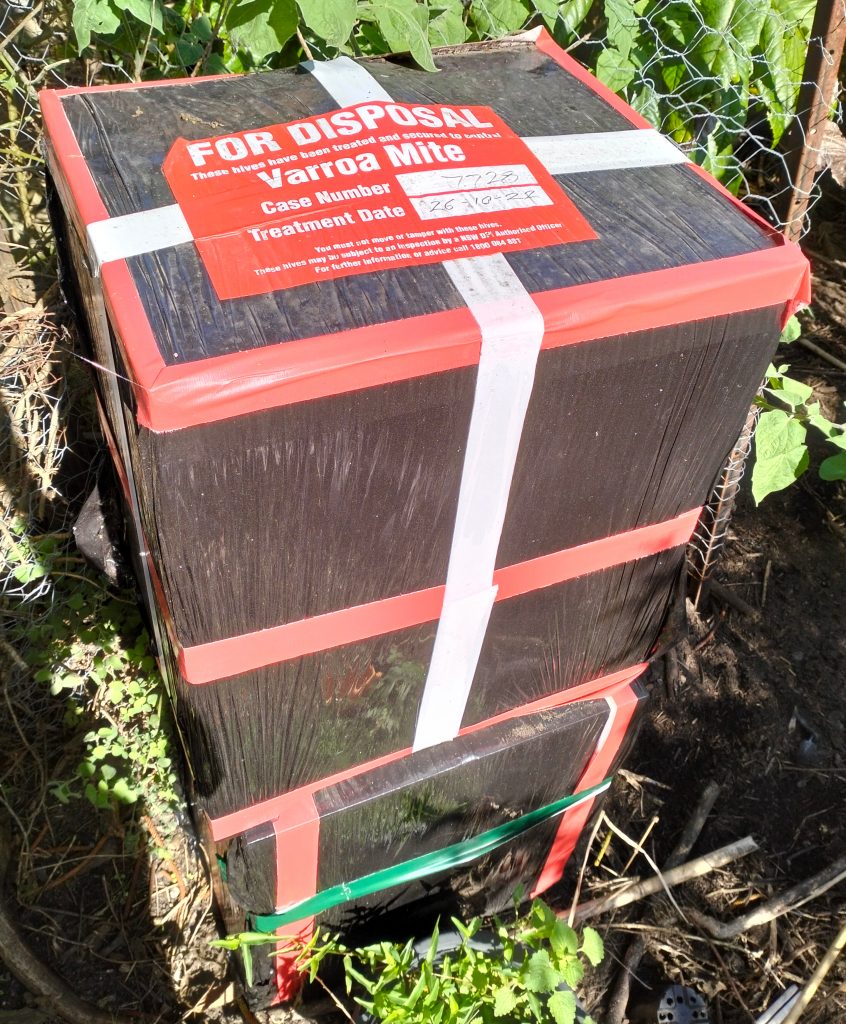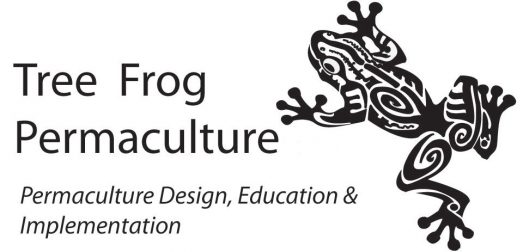The European Honey Bee (Apis mellifera)… first introduced to Australia in 1822 and is relied upon for pollination services in many of our large agricultural systems. Australia’s Honey and Bee-export industries are lucrative also, in large part due to us remaining the only continent still without many of the Honey Bee’s natural parasites such as the Varroa Mite having a claw-hold.
Although the Honey bee has been cultivated in Australia for approaching 200 years, it has been recorded naturalizing more substantially over last 80 years. The impact levels of this has been poorly researched but we do know of a few influences on our local ecosystems. They are strong competition to local fauna on natural flower resources, can disrupt natural pollination processes and displace numerous endemic animals from hollows desperately needed as breeding sites.
In nature, every organism without fail has one or more natural predators or parasites. Observing the greater picture, these relationships help prevent any given organism from overpopulating its niche in the ecosystem. So, while Parasites are frequently demonized they do provide a potentially important balancing service. They too have a valid place in the natural world!

While being free of major Honey bee ‘enemies’ strongly benefits the associated economy, it likely gives naturalized colonies a huge advantage over native species forced to compete with them for food and habitat. These impacts are undoubtedly magnified by the historical and ongoing degradation of the natural Australian landscape.
As someone with a huge passion for biological diversity AND someone who had 5 colonies of Honey bees culled over the Varroa control program, I feel I am fairly well placed to discuss alternative facets of this situation.
It is indeed upsetting living in a red-zone where there will be no Honey bees for 3 to 5 years… especially as someone very tied into the food-growing community where pollination rates are critically important! HOWEVER… this does also present us with a rather unique opportunity!!
We have ourselves a situation very difficult to purposefully manufacture on such a scale for research purposes due to the large flight range and strong coverage of Honey bees generally. The massive cull effort leaves us with areas of prolonged Honey bee absence, something that we may not have observed in well over a century. This means we have several years to make observations on what other insects and even nectar feeding birds move in to fill those previously Honey bee dominated niches.
I am particularly curious about the impact on our local Native Bee species. We have thousands of Native bee species across Australia and I have noted 7-10 species visiting Newcastle suburbia where I am. My working theory is that my Insect hotels and Stingless Bee (Tetragonula carbonaria) colonies will show significantly stronger population growth and resource storage over the period.
The other benefit to be gleaned from this unfortunate situation is a societal one. Many people still aren’t conscious of the real diversity of Bee species and the importance of pollination services to our quality of life. Perhaps this was a shock to the system needed for faster movement in the space…
Nothing like a good disaster to bring public attention to things right?!

